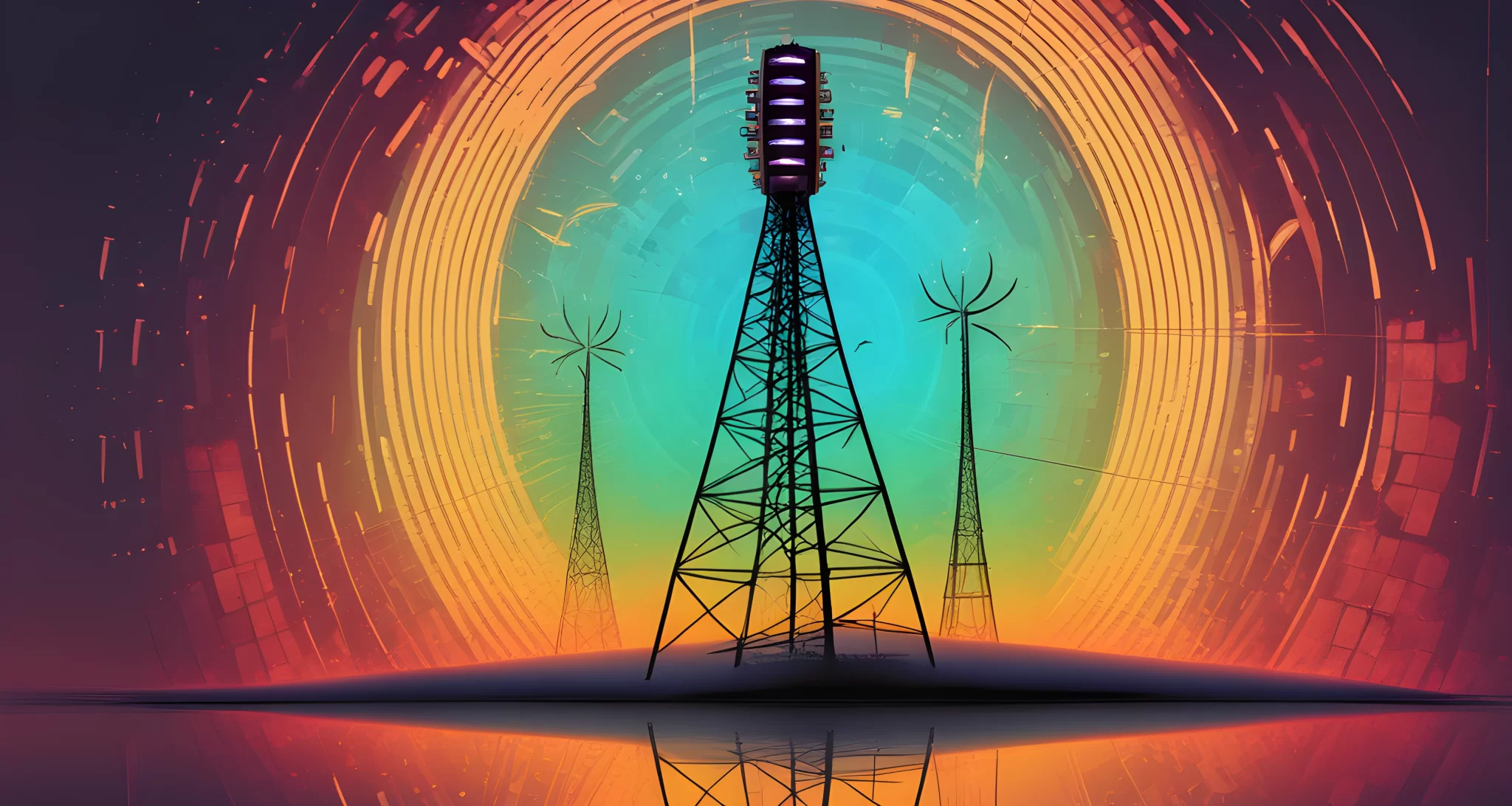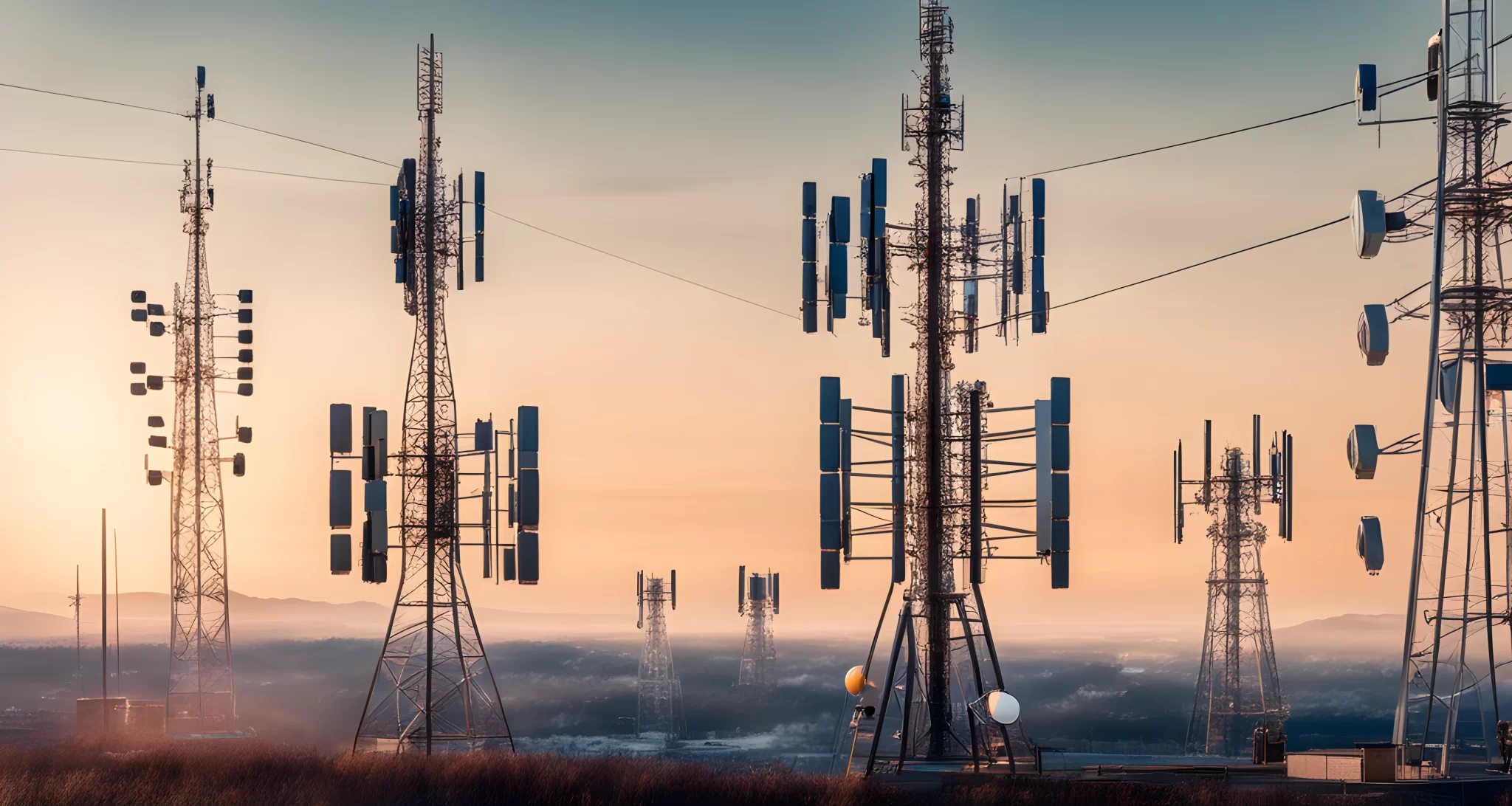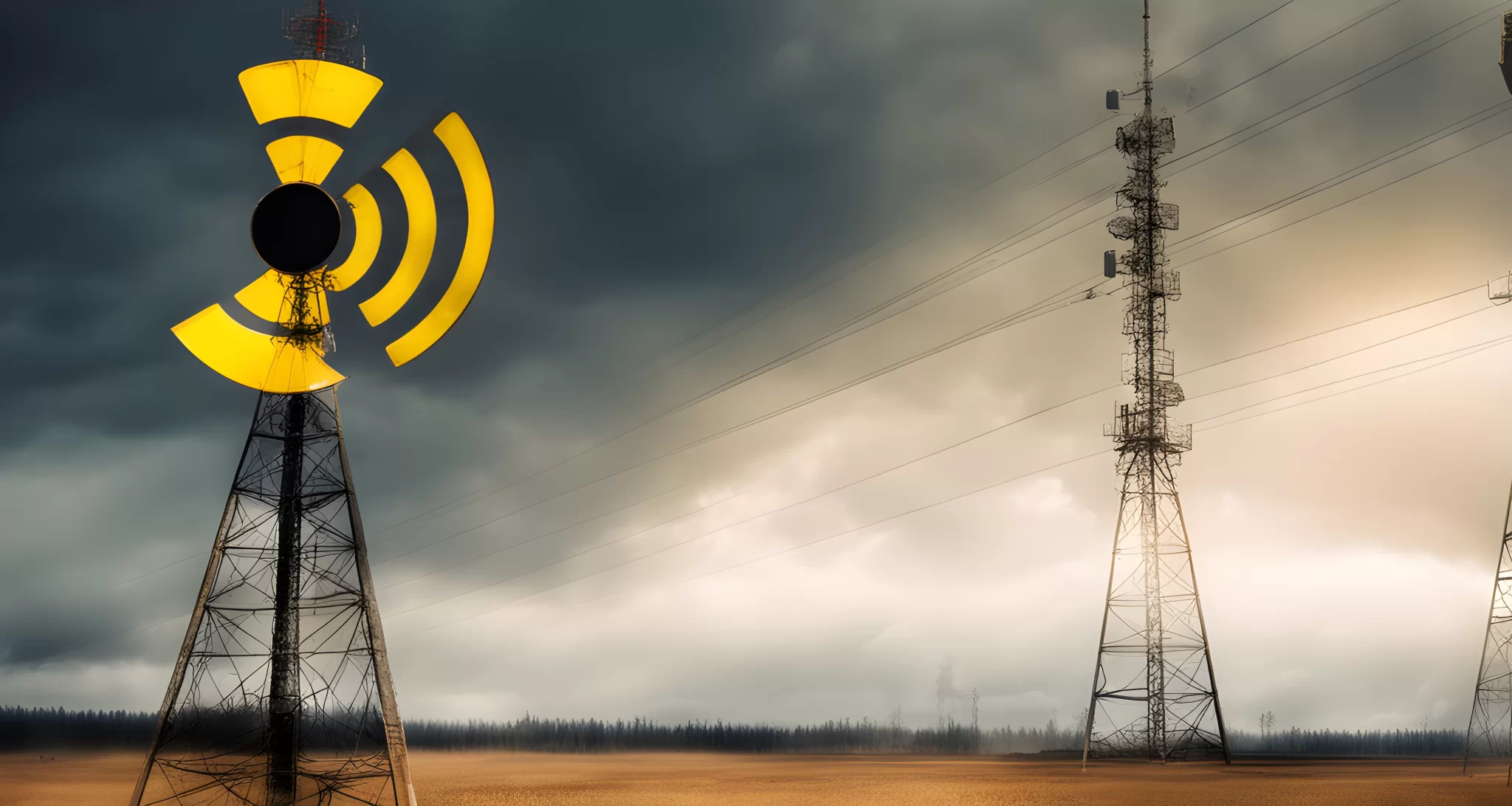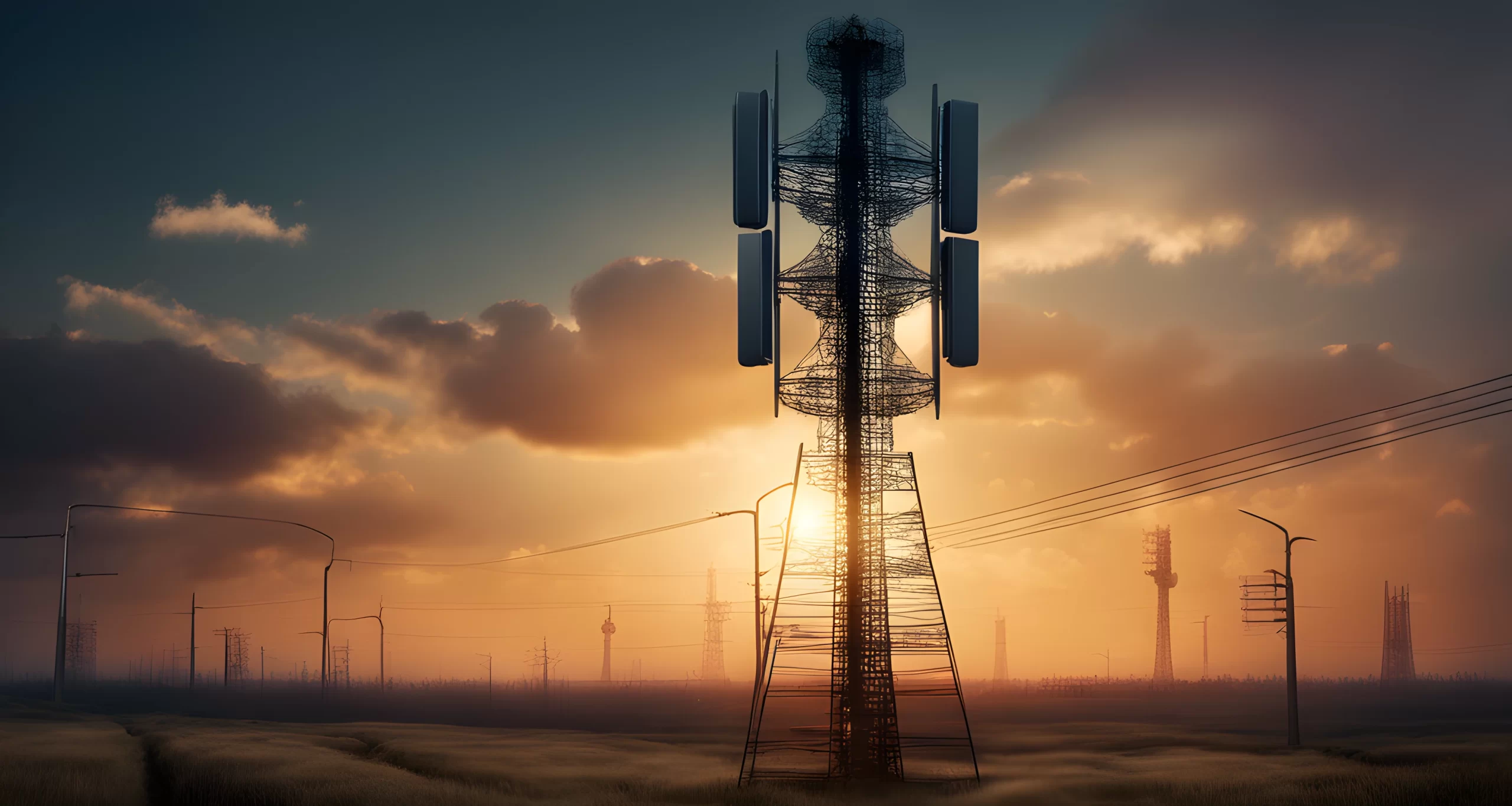Introduction
With the rapid deployment of 5G technology, there has been a growing concern about its potential health effects. The main source of worry stems from the increased exposure to radiofrequency electromagnetic fields (RF-EMFs) that come with 5G. While some government agencies and organizations have assured the public that there is no cause for alarm, many experts argue that more research is needed on the health impacts of 5G.
Health Concerns
Some individuals are worried about the potential health risks associated with prolonged exposure to RF-EMFs from 5G technology. These concerns include:
- Increased risk of cancer
- Negative impact on reproductive health
- Potential for neurological disorders
The debate surrounding these potential health risks has sparked a demand for more comprehensive studies to better understand the long-term effects of 5G radiation.
Expert Opinions
While some experts disagree with the current safety assurances provided by government agencies and organizations, others are calling for a cautious approach. They argue that until further research is conducted, it is essential to carefully consider the potential risks associated with widespread 5G implementation.
To learn more about potential health risks associated with technological advancements, check out this article on Drinking water fluoride.

The Science Behind 5G and Radiation
5G technology operates on higher-frequency bandwidths across the radiofrequency spectrum, which are designed to increase capacity and reduce latency. This means that more people will be exposed to RF-EMFs at levels that have been linked to potential health risks, particularly in densely populated areas where the transmitter density is higher.
How 5G Works
- 5G uses higher-frequency waves, between 30 GHz and 300 GHz, compared to 4G which operates at frequencies below 6 GHz.
- These higher frequencies allow for faster data transfer and reduced latency, making it ideal for applications like autonomous vehicles and remote surgery.
Potential Health Risks
- The increased use of RF-EMFs raises concerns about potential health risks associated with prolonged exposure.
- Some studies have suggested a possible link between high levels of RF-EMF exposure and an increased risk of cancer, reproductive issues, and neurological disorders.
Government Regulations and Safety Standards
- Regulatory agencies, such as the FCC in the United States, have set safety standards for RF-EMF exposure based on current scientific evidence.
- However, some experts argue that these standards may not adequately protect public health, particularly with the introduction of 5G technology.
For more information on debunking myths related to controversial scientific topics, check out Debunking Science Hoax for insightful discussions on separating fact from fiction.

Potential Health Concerns
As the rollout of 5G technology continues, there are growing concerns about its potential health impacts. While much of the focus has been on the increased exposure to radiofrequency electromagnetic fields (RF-EMFs), there are also worries about other potential risks associated with 5G.
Increased Exposure to RF-EMFs
- The main concern surrounding 5G is the increased exposure to RF-EMFs. These higher frequencies used in 5G technology are believed to penetrate the body more deeply, raising concerns about potential long-term health effects.
- Some studies have suggested that prolonged exposure to RF-EMFs may be linked to an increased risk of certain health issues, such as cancer and reproductive problems.
Surveillance and Control
- In addition to health concerns, there are fears that 5G could be used as a tool for mass surveillance or control. However, it’s important to note that these claims are largely unfounded and lack scientific evidence.
It’s crucial to address these potential health concerns and ensure that the rollout of 5G technology is done in a way that prioritizes public health and safety.
For further information on public health concerns, it’s important to understand the impact of misinformation on public health crises. The article "The Anti-Vaccine Movement: A Public Health Crisis" provides valuable insights into the rejection of medical precautions Medical precaution rejection.
Overall, it’s important to continue monitoring and researching the potential health impacts of 5G technology while also addressing any unfounded claims or misinformation. With careful regulation and adherence to safety standards, it is possible to mitigate any potential risks associated with 5G technology.

Debunking the Myths
Many people have expressed concerns about the potential health risks associated with 5G technology. However, it is important to separate fact from fiction and debunk some of the myths surrounding this topic.
The World Health Organization’s Stance
- The World Health Organization (WHO) has stated that there is currently no evidence of adverse health effects from exposure to wireless technologies, including 5G.
- They are conducting a health risk assessment from exposure to radiofrequencies, covering the entire radiofrequency range, including 5G, to be published by 2022.
Expert Opinion
- Leading experts in the field of radiation and public health have also stressed that there is no credible scientific evidence linking 5G technology to adverse health effects.
- It is essential to rely on the expertise of qualified scientists and researchers when evaluating the safety of 5G technology.
False Information
- Unfortunately, there is a significant amount of misinformation circulating about 5G and its potential health impacts.
- It is crucial for individuals to critically evaluate the sources of information they encounter and rely on reputable scientific studies and organizations for accurate information.
Government Oversight
- Government agencies around the world have established safety standards and regulations for wireless technologies, including 5G.
- These standards are based on extensive research and are designed to protect public health and safety.
In conclusion, it is important to approach discussions about 5G technology and radiation with a critical mindset. By relying on credible sources of information, such as the World Health Organization and expert opinions, individuals can make informed decisions about their use of wireless technologies. Additionally, being aware of false information and government regulations can help dispel myths surrounding the potential health impacts of 5G. For more information on debunking myths related to technology and public health, check out False flags authentic events.

Government Regulations and Safety Standards
With the rapid deployment of 5G technology, government regulations and safety standards play a crucial role in ensuring the protection of public health. Here’s what you need to know about the regulations and safety standards surrounding 5G and radiation:
Regulatory Oversight
- The Federal Communications Commission (FCC) in the United States and similar regulatory bodies in other countries have established guidelines for the safe use of radiofrequency (RF) radiation.
- These regulations set limits on the amount of RF radiation that can be emitted by 5G devices and infrastructure to prevent harm to the public.
Safety Standards for EMFs
- However, some studies have suggested that RF-EMFs can have biological effects, particularly at higher frequencies. For example, a study published in the journal Environmental Reality or Fiction found evidence of DNA damage in human cells exposed to high-frequency EMFs.
- In response to these concerns, organizations like the International Commission on Non-Ionizing Radiation Protection (ICNIRP) have developed safety guidelines to address potential health risks associated with EMF exposure.
Public Health Protection
- The World Health Organization (WHO) has classified RF radiation as "possibly carcinogenic to humans" based on limited evidence of a possible link between RF radiation and cancer.
- As a result, many governments have adopted precautionary measures to minimize exposure to RF radiation, especially in sensitive areas such as schools and hospitals.
Ongoing Research
- Despite regulatory oversight and safety standards, ongoing research is essential to better understand the long-term health effects of 5G and EMF exposure.
- It is important for regulatory bodies to continue monitoring scientific developments and updating safety guidelines as new evidence emerges.
In conclusion, government regulations and safety standards are critical for addressing public concerns about the potential health effects of 5G and radiation. By upholding rigorous guidelines and staying abreast of scientific research, regulatory bodies can help ensure the safe deployment of 5G technology while protecting public health.
FAQ
What are the potential health concerns related to 5g?
The introduction of 5g technology has raised concerns about potential health effects due to increased exposure to radiofrequency electromagnetic fields (rf-emfs). this includes worries about the potential risks of exposure to higher-frequency rf-emfs that may be linked to adverse health effects, particularly in densely populated areas.
Is there evidence of adverse health effects from exposure to 5g?
The world health organization (who) has stated that there is currently no evidence of adverse health effects from exposure to wireless technologies, including 5g. however, they are conducting a health risk assessment from exposure to radiofrequencies, covering the entire radiofrequency range, including 5g, to be published by 2022.
Are concerns about 5g being used for mass surveillance or control valid?
Claims about 5g being used for mass surveillance or control are largely unfounded and lack scientific evidence. while there are concerns about privacy and security with the widespread use of 5g, there is no conclusive evidence to support the claim that it will be used for mass surveillance or control.
What is the current stance on the health impacts of 5g?
While government agencies and organizations have assured that there is no reason to be alarmed, some experts disagree and emphasize the need for more research on the health impacts of 5g. studies have suggested that rf-emfs can have biological effects, particularly at higher frequencies, leading to ongoing discussions about the potential risks of 5g technology.
